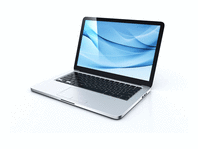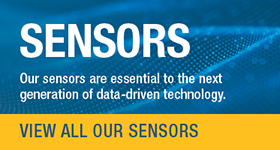Computer
Notebook

Vishay Components Used
- Power MOSFETS
- Controller ICs
- LDOs
- IrDA and IR Receiver Modules
- Load and Signal Switches
- Switching Diodes and Rectifiers
- Transient/Overvoltage Protection Devices
- ESD Protection Devices
- Capacitors
- Resistors
- NTC and PTC Thermistors
- Inductors/EMI Filters
- Secondary Protection Fuses
Notebook computer design is separated into two segment: Power and Hardware. The Power Segment involves hardware device power sources. For power sources, using a switching mode is an excellent way to improve converter efficiency. High current is its key feature. Power sources that use this technology include CPUs, DDR systems, chipsets, chargers, and VGA power sources. Low-dropout linear power is another solution for converter efficiency. Its main benefits are lower prices and simple circuitry. The Hardware Segment can be regarded as a non-power segment. Types of hardware include SD cards, USB ports, fingerprint recognition sysyems, remote controls, audio controls, touchscreens and touchpads, ambient light sensors, S-video ports, and wireless transmission sysytems such as IrDA® and Bluetooth®. Some of these need similar functions such as ESD protection, current limiting, and load switching. Different solutions based on different specifications are suggested.
Need Technical Support? Email our Vishay Application Experts



















